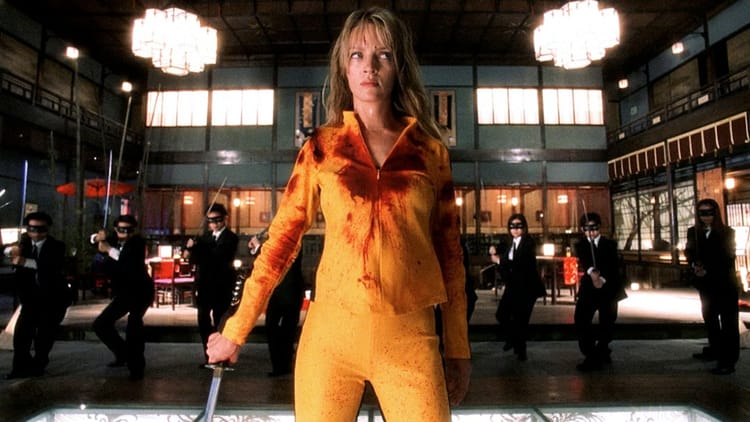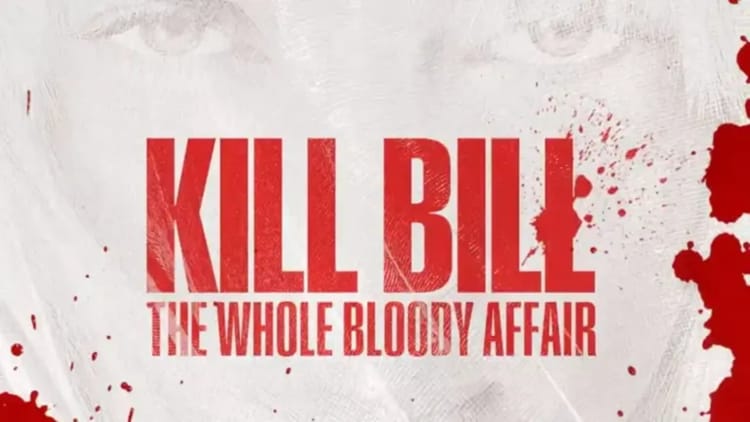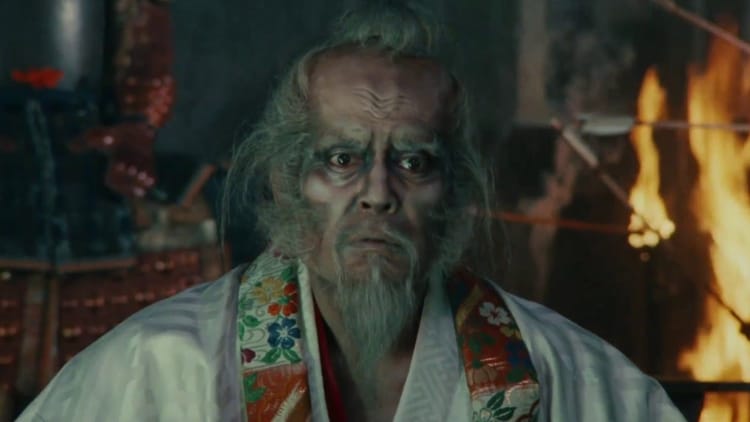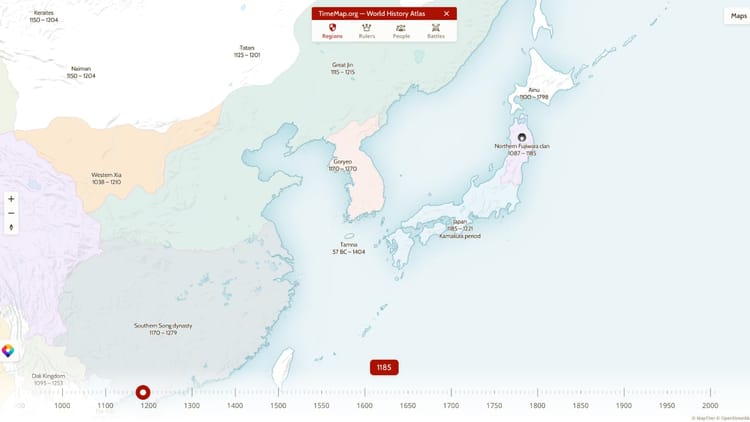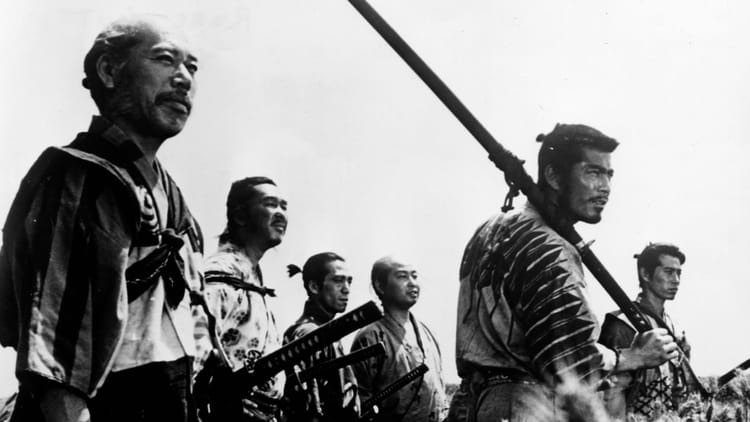13 Assassins
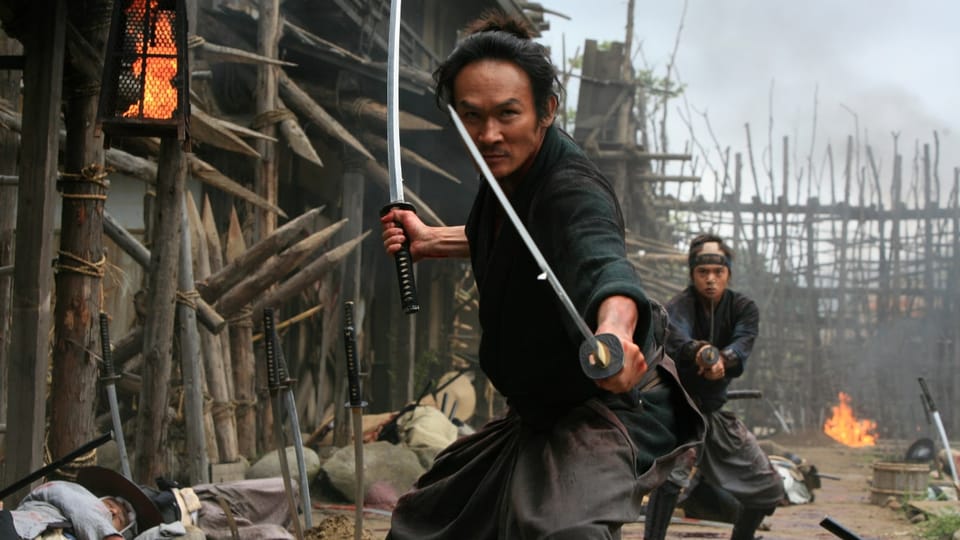
Takashi Miike’s 13 Assassins, set smack dab at the end of the Edo period, is a rollercoaster ride of revenge, honor, and sacrifice, following a bunch of samurai on a mission to take down Lord Naritsugu, a sadistic, power-hungry tyrant.
The flick kicks off with a bone-chilling scene: a silent samurai chilling in a courtyard, his face carved out of stone, ready to spill blood with a blade in hand. Miike doesn’t shy away from the gore; it’s raw, brutal, and intense.
Naritsugu, played devilishly by Goro Inagaki, is one pretty, petty, downright psychotic villain. He rapes and murders without batting an eye, his cruelty knows no bounds. As the samurai plot their attack, tension’s so thick you could cut it with a katana.
This man speaks the truth. His reward is my short sword.
The final showdown between the assassins and Naritsugu’s army? It’s a cinematic masterpiece. Miike expertly blends action, suspense, and emotion to create an unforgettable battle scene. It’s bloody and utterly gripping.
Despite its graphic content, 13 Assassins is a must-see for fans of Japanese cinema. The flick is more than just another samurai movie; it’s about honor, justice, and the human capacity for good and evil. It’s powerful, moving, and utterly compelling, sticking with you long after the credits roll.

